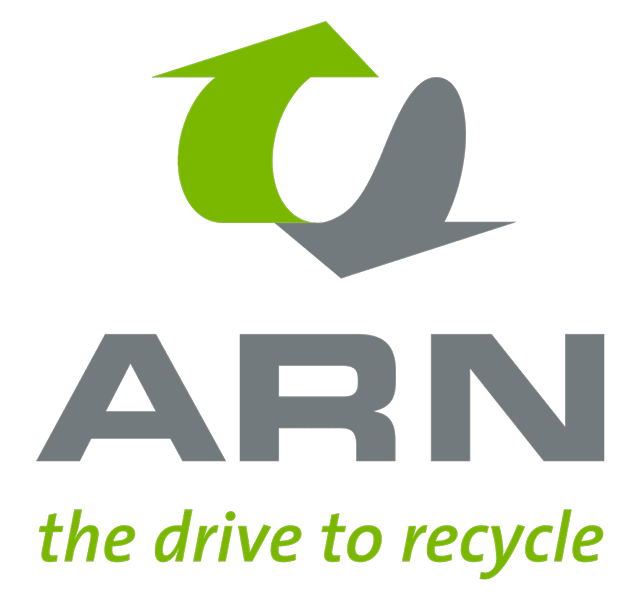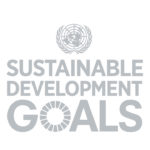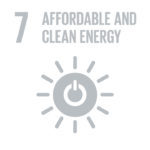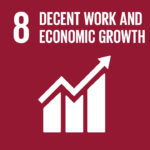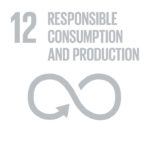From dismantling to shredding
Getting a grip on scrapped cars

Before ARN can accurately ascertain what the recycling performance is, it’s important to know exactly where end-of-life vehicles are in the recycling chain. “As ARN, it’s the only way we can achieve our recycling targets,” insists ARN Project Manager Rob van der Linden.
The car recycling chain mainly comprises car dismantling companies, collection companies, intermediaries, shredder companies and the Post-Shredder Technology (PST) plant in Tiel (HKS Tiel). Each link in this chain makes its own contribution to the car-recycling process which is, in a nutshell, as follows. As soon as a Dutch car is deregistered, to be dismantled by a car-dismantling company, that company is legally obliged within 10 days to drain all liquids and remove parts such as car batteries, oil filters, PCB/PCT-containing capacitors and other batteries and potentially explosive components, such as airbags and LPG tanks. Afterwards, the saleable parts are dismantled and sold. The end-of-life vehicle is then transported – sometimes with the intervention of an intermediary – to the final destination, which is the shredder company. Here, the shell is shredded and the shredded materials are sorted to facilitate the maximum recovery of all the metals. What remains is known as the Auto Shredder Residue (ASR), and this is transported to HKS Tiel. The ASR is typically a mix that includes sand, glass, plastics and fibres. These materials are further separated at HKS Tiel so that they can be used further down the recycling chain as reusable materials. Car-dismantling companies account for approximately a quarter (24.6 per cent) of recycling activities, shredder companies 58.6 per cent and HKS Tiel for 15.2 per cent.
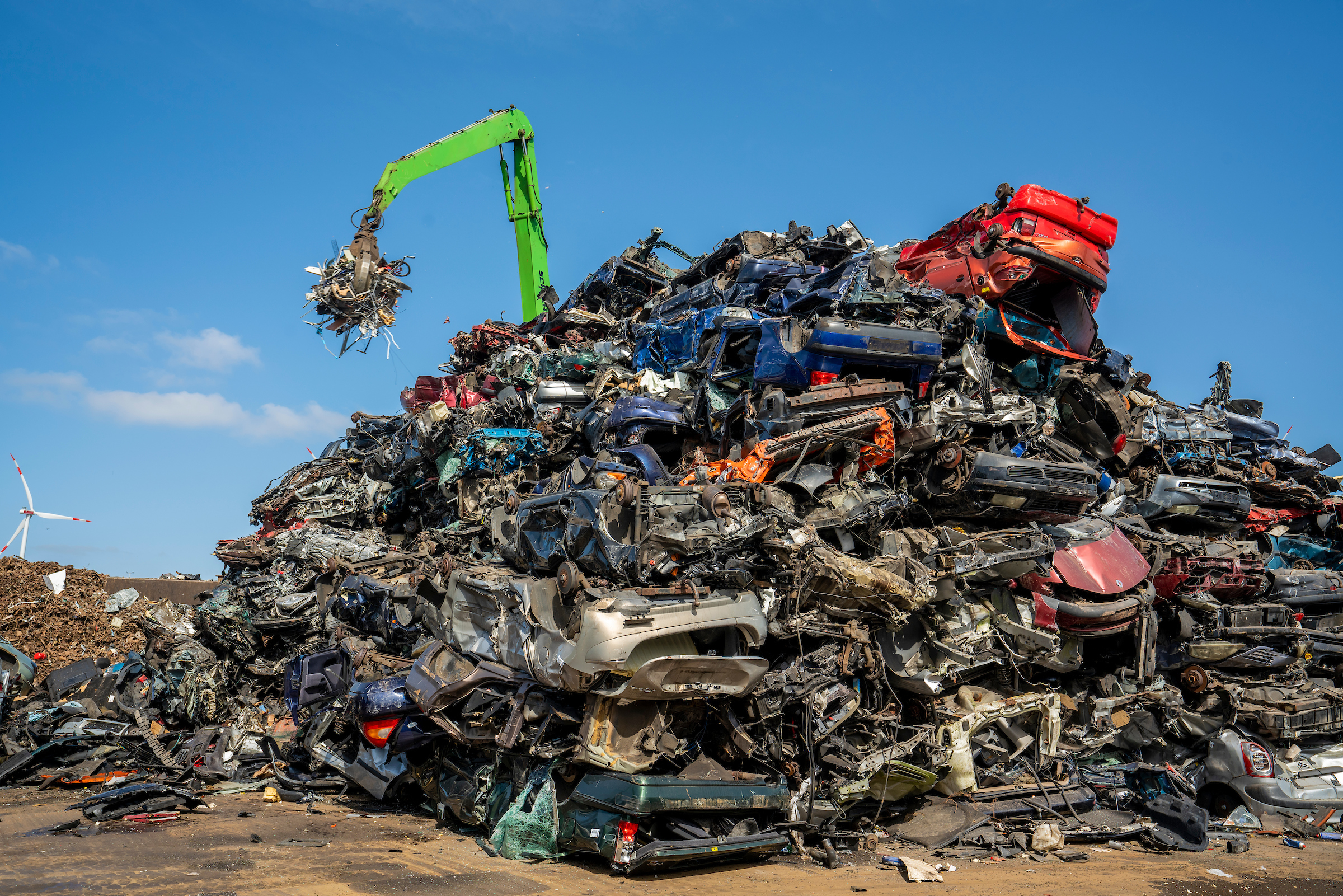
Cover letter
Rob van der Linden explains that to accurately keep track of where every end-of-life Dutch car is in the chain, accredited intermediaries and shredder companies register the collection and transport of these cars in an online portal called MijnARN. The companies affiliated with ARN use a regular cover letter. In October 2020, a digital cover letter was introduced and, initially, two shredder companies and 14 car-dismantling companies are using it.
The main advantage of a digital cover letter is that, given that everything is done online, it places a much smaller administrative burden on shredding- and car-dismantling companies. Furthermore, by reducing manual input, there is less chance of mistakes being made. There will be a large-scale rollout of the digital cover letter in 2021
Rob van der Linden, ARN
How does the cover letter work?
With the paper cover letter, the transport data is fed into the digital system, continues Van der Linden. The weight of the transport is registered, as well as the number of end-of-life vehicles being transported and how many of these vehicles are Dutch. The ASR proportion per vehicle is known and ARN uses this information to calculate the amount of ASR per shredder company that must be delivered to HKS Tiel. “ARN monitors how much ASR is actually delivered to HKS Tiel, as well as the outgoing materials that are removed and recycled. The latter must also of course be recorded so that we can determine the annual recycling quotas.”
Sustainable Development Goals
For the fourth year, ARN has measured itself against the benchmarks of the Sustainable Development Goals (SDGs) in the context of being “lean and green”. The SDGs depicted here apply specifically to the content of this page.
Smooth-running cooperation
Up until 2020, when the PST factory in Tiel was transferred to HKS, many of these steps were managed directly by ARN. “The transfer did, of course, change things. For example, whereas in the past we could simply look up reports in our own system, we now have to ask HKS Tiel. But the basic processes haven’t changed and neither has the smoothly running cooperation with HKS Tiel. In addition to day-to-day contact, ARN and HKS Tiel also hold monthly operational consultations to monitor the agreements made during the relevant sale and, whenever necessary, further their implementation. The factory in Tiel is very important to us, because that is where a large part of the recycling process takes place. During the transfer we established agreements on the required recycling volume for the next 10 years. My colleagues Pieter Kuiper from Quality Assurance and Robin Hilhorst from Finance and I are in constant contact with the employees of HKS Tiel, to ensure that the high volume of recycling of end-of-life vehicles is maintained. This is how, in recent years, we as a car-recycling chain have been able to collectively recycle over 95 per cent of cars and put the recovered materials to good use.”
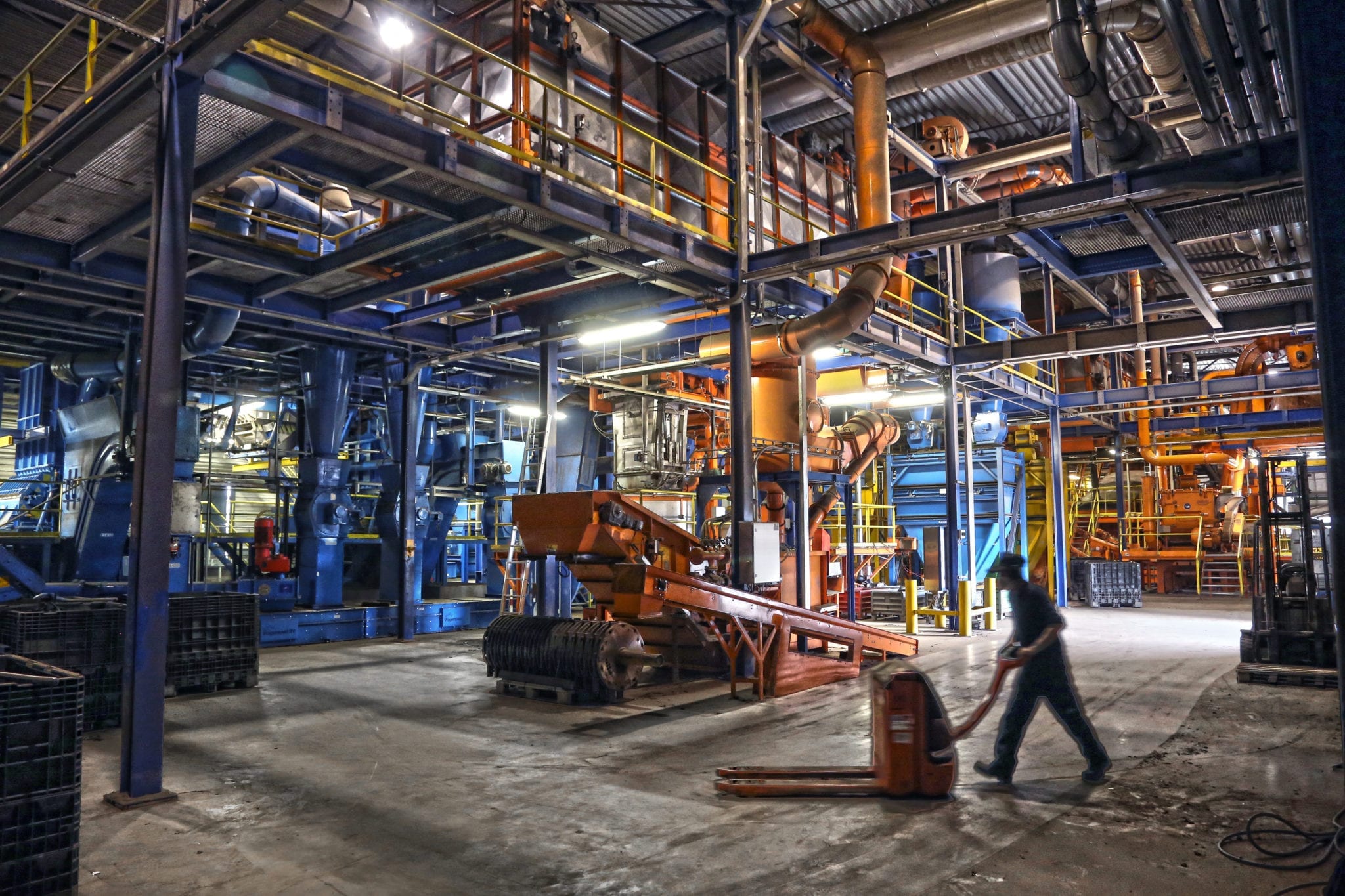
Post-Shredder Technology factory
The Post-Shredder Technology factory (PST) in Tiel was acquired in March 2020 by ESA, the parent company of HKS Scrap Metals. Recycling company HKS uses advanced separation techniques and can fall back on extensive partnerships. Moreover, it is part of the European market leader in high-value metal recycling. Shredder waste is processed in the factory, which is crucial to realising the legal objective. A lot of materials recovered from end-of-life cars are made suitable for reuse. Back when the factory was set up, in 2011, it was the intention to transfer it to the market at one point. In the context of future-proof car recycling, ARN could then continue to focus primarily on its role as the orchestrator of the car-recycling chain.
ARN’s brief
Stringent environmental regulations, alongside technological innovations, have given car recycling a major boost in recent decades. ARN has mapped out the process and the car-recycling chain in support of high-value and responsible car recycling. In conjunction with the chain, ARN ensures that at least 95 per cent of every car is recycled and that the recovered materials are put to gainful use. In this way, ARN is helping car manufacturers fulfil their obligations, because they are responsible for the management of their products in the disposal phase. Since 2 July 2002, the Netherlands government, with its management of the ELV Directive (Bba), has implemented European guidelines for the environmentally responsible processing of end-of-life vehicles. Among other things, these guidelines stipulate that at least 95 per cent of a car must be reused.
